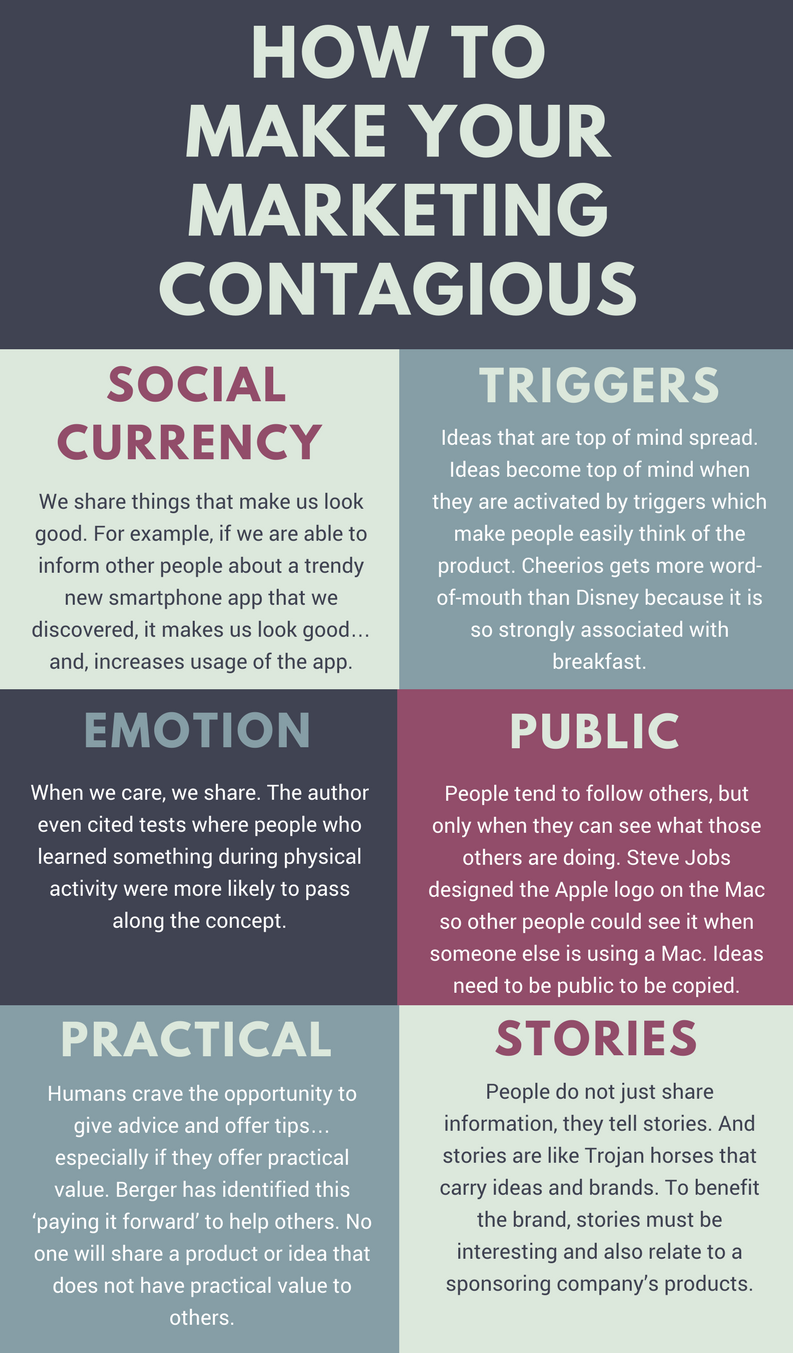As a Marketing Director in the fast-paced world of technology, understanding what captivates international journalists is crucial for your PR strategy. Be guided in crafting compelling narratives…
The State of Earned Media
We asked 18 U.S. agencies their opinions, intending to understand how easy or difficult it has been to obtain earned media in recent years and what factors are contributing to the situation. Here, we delve into the heart of these challenges, offering insights and strategies to navigate the intricate maze of modern tech PR.
Boosting Credibility and Visibility with PR: A Guide for Tech Marketing Directors
Revolutionizing Growth: How US Tech Leaders Can Leverage PR in Economic Downturns
2024: Navigating the AI Revolution in Public Relations for U.S. Tech Marketing Directors
The Mastery of Communication Metrics: A Strategic Imperative for CMOs
Unleashing the Power of Influencer Marketing: 5 Steps to Choose the Perfect Partners for Your Brand
Why Technology Firms Should Use NettResults as Their Agency of Record for International Marketing
How to Develop a Crisis Action Plan
When things hit the fan in business, it can feel like the end of the world. But hey, don't sweat it! If you've got a crisis management plan in place, you can weather the storm like a boss. Nobody can predict when or how a crisis will hit, but there are some basic guidelines you can follow to get through it…
The Difference Between Marketing and PR: Which is Better?
What is Public Relations?
Public relations, commonly known as PR, is the practice of managing the flow of information between an individual or organization and the public. PR professionals utilize a variety of tactics such as media relations, community outreach, and crisis management to develop and maintain a positive reputation for their clients…
Rules and Regulations for Media in the Kingdom of Saudi Arabia
What is International Media Relations?
PR Predictions for 2022 from The Best Comms Pros around The Globe
What a year! After 2020 wiped out all the plans people, companies, organizations and governments had made for that year, 2021 continued to surprise us in both good and bad ways. From the zillion possible directions and “watch out fors” here are two dozens of select advices and predictions for yet another unpredictable year…


